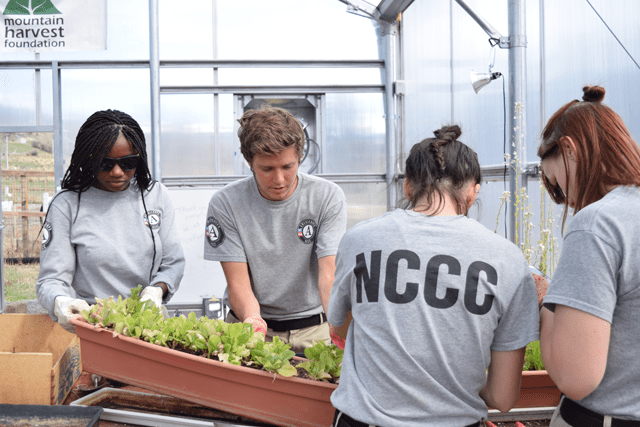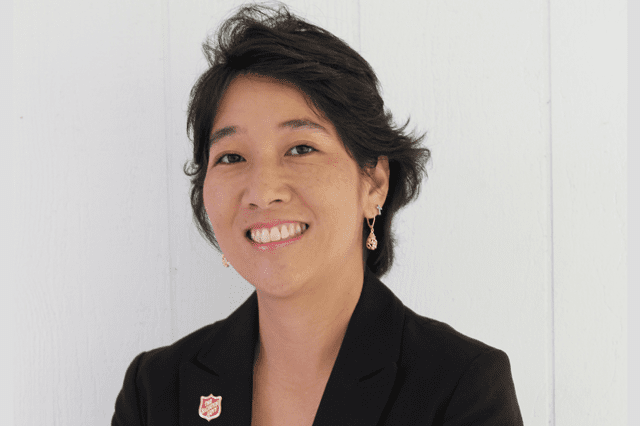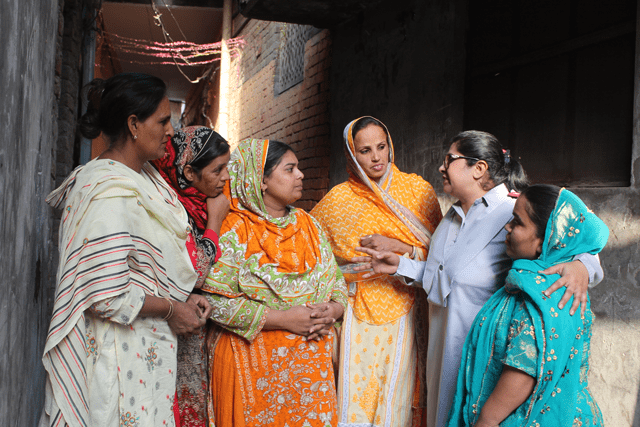Salvation Army volunteers help sustain a strong community.
In Vail Valley, Colorado, The Salvation Army runs on volunteers.
The service extension unit, which employs only two full-time staff members, relies on volunteers for everything from packing food boxes, working the on-site greenhouse and community garden, educating children about growing food, and picking up produce from other local community gardens to share with hungry people. The community supports The Salvation Army and, in turn, The Salvation Army is better equipped to support the members of the community who need it most.
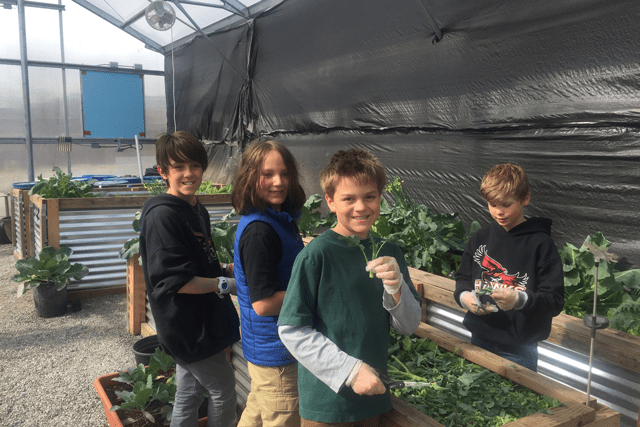
“We get a ton of community involvement,” said Tsu Wolin-Brown, longtime coordinator of the Vail Valley Salvation Army, who listed off a few of the recent volunteer groups, ranging from Cub Scout, Brownie and Girl Scout groups, to special needs kids transitioning from high school to adulthood who volunteer each Wednesday in the food pantry.
“We just appreciate that the community values having us here as a safety net, and that people love the idea of teaching their kids to give.”
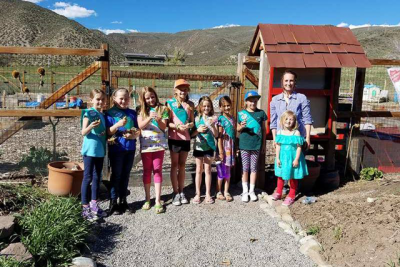
For 34 years, Wolin-Brown has persisted in building the Army’s local profile, approaching schools, churches, and local groups directly and advertising in social media and newsletters like the Town Talk.
“We have bent over backwards to recruit from many venues,” she said. “Then retention counts, because volunteers tell their friends, too. It’s about cultivating relationships.”
Wolin-Brown asks volunteers for their ideas for projects and said she often lets them roll with it.
“It is about empowering people to do what they fundamentally want to do anyway—making a difference in others’ lives,” she said. “We work hard at acknowledging everyone’s contributions…and make sure I tell them personally just how much we appreciate them.”
For some, like the fifth and sixth-grade students from the local Eagle County Charter Academy, volunteering is also a chance to learn.
Four consecutive Fridays this spring and last, a total of 78 students came to The Salvation Army to work for two hour shifts on a variety of projects from stocking and organizing the food pantry to cleaning out the refrigerator and freezer, sorting and stacking building materials, and working in the on-site greenhouse.
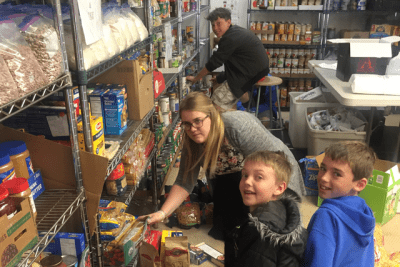
Language arts teacher Tanya Kessenich said the 11- to 12-year-old kids aren’t familiar with how many local families are struggling. So, she said, the goal is to give them a hands-on opportunity to give back to the community.
“They may have participated in bell ringing and gifts around the holidays, but working on site really helps them put their work into perspective,” Kessenich said. “They realize how much work they can accomplish in just two hours, and see firsthand how much work goes into an organization like The Salvation Army.”
Kessenich said the students often cite the visit as a highlight of the school year, saying it feels good to work hard and help others.
“Students leave with a greater appreciation for The Salvation Army, the work The Salvation Army does for the community, and how one person—or a group of 20—can make a huge difference,” she said.
As longtime volunteer turned employee Emma Von Arx said, “We’re open to anyone coming in, as either a volunteer or for programming or for food or services. It seems like everything here is a big circle.”
Do Good:
- Did you know The Salvation Army served some 24 million Americans last year fighting hunger, homelessness, substance abuse and more? Where can you help? Take our quiz to find your cause and learn how you can join in today.
- Want more content from Caring Magazine? Follow us on Instagram! Get caught up with the latest stories, podcasts and more to inspire goodness in your life.
- Subscribe to the Do Gooders Podcast and tune in for good ideas. Hear conversations with those doing good and those with good ideas so you can turn inspiration into action and make an impact right where you are.











